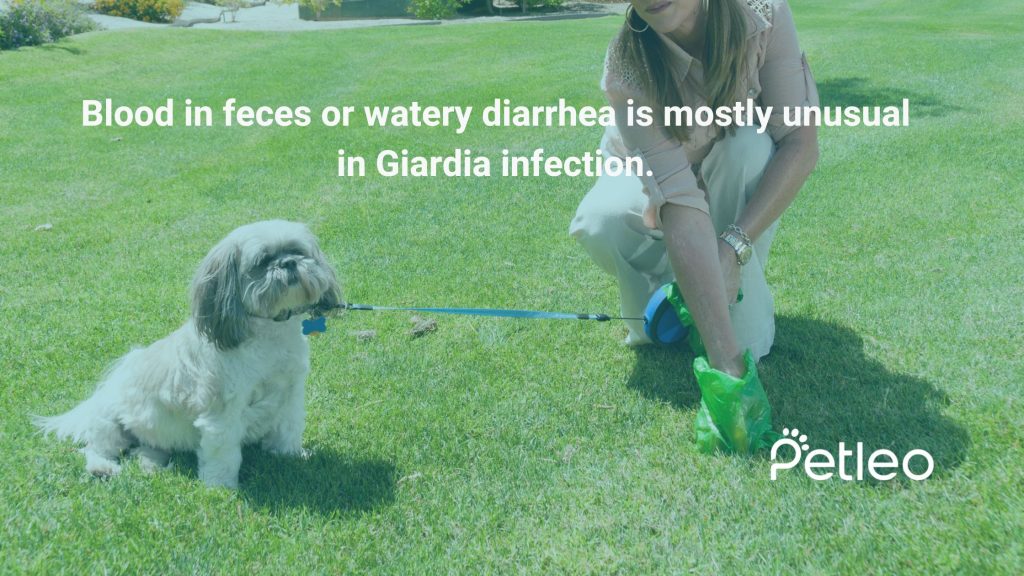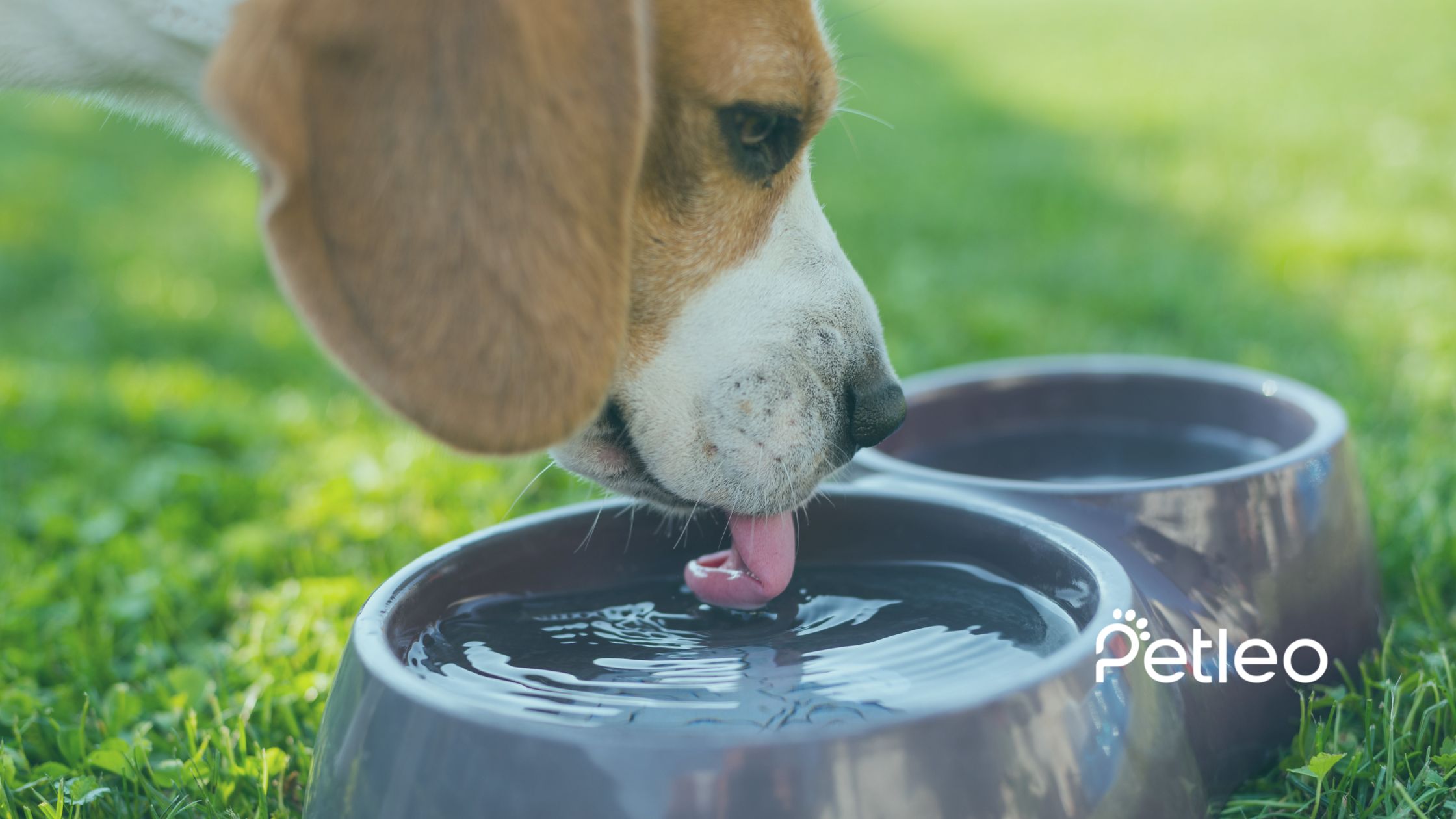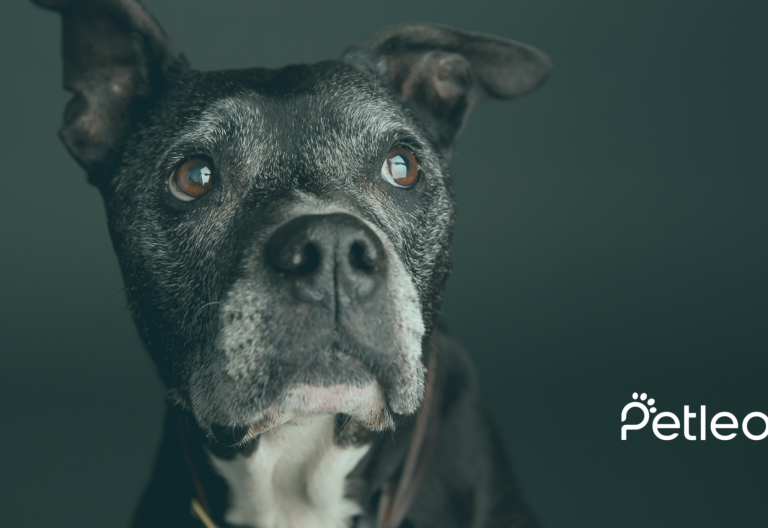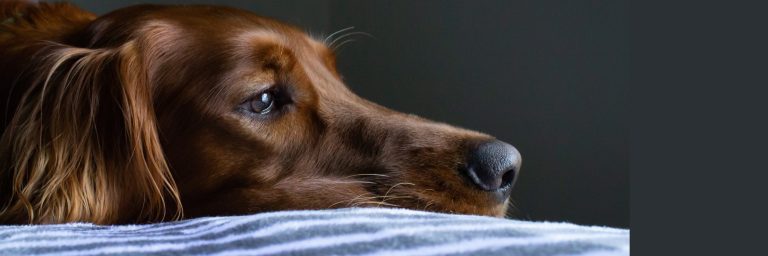If your dog has been diagnosed with a Giardia infection, you may be wondering what exactly this means. Giardia is a protozoal infection that is typically found in the intestines of dogs. It is also very common infection in humans. Symptoms of giardiasis include abdominal cramps, bloating, diarrhea, and fatigue.
In this article, we explained Giardia in Dogs: Causes, Symptoms & Treatment.
How do dogs get Giardia?
It is a common disease that affect dogs, cats and other mammalians worldwide and it is more common in younger animals. This parasite produce cysts that are passed in the feces. Transmission occurs when a dog eats these cysts. Most commonly drinking contaminated water, eating contaminated food, or coming into contact with contaminated soil. This parasite can also be transmitted from dog to dog.
Giardia in dogs: how do I recognize it?
Giardia is typically diagnosed during routine fecal checks, but it can also be associated with chronic diarrhea. Infection is more common in puppies and kittens, and may cause weight loss, soft or poorly formed fatty feces and vomiting.
These symptoms can also be observed in other gastrointestinal diseases. Therefore, if you suspecting Giardiosis infection, collect and store your dog’s feces from day one. This way, your veterinarian can test the collected feces of your dog.
Symptoms of Giardia
- Soft and poorly formed feces
- Feces may look pale, it can contain mucus and appear fatty
- Abdominal pain may appear
- Vomiting is not common but may occur.
- Loosing weight

Can humans get Giardia from dogs?
It is considered as “potentially zoonotic disease” (1) so transmission to human is possible.
How is Giardia treated in dogs?
Pets that doesn’t show any clinical symptoms may not need treatment.
If your dog have gastrointestinal symptoms, you veterinarian can prescribe antibiotics. This infection treated mostly with one of the following drugs: metronidazole or fenbendazole.
Hospitalisation in the clinic is also possible if your dog has severe diarrhea and needs to be given fluids.
How long does medication take to treat Giardiosis?
It depends on the choice of your veterinarian. In some cases, Giardia treatment can take up to 15-20 days Treatment might be longer then you expected.
What to feed a dog with Giardia?
If you observe vomiting and small bowel diarrhea (high-volume stools), you should choose a highly digestible diet such as Royal Canine i/d.
If large bowel diarrhea (frequent, low-volume stools, pain on defecation) is the main clinical sign, you should use a high-fiber diet such as Hill’s Gastro Biome.
How can I prevent myself and my dog from getting Giardia?
Cysts in the feces of dogs can cause infection.
- To prevent Giardia from spreading, it is important to pick up your pets feces in plastic bags and to clean the cat litter box and pet food and water bowls with boiling water every day.
- The environment and contact objects (such as toys) should also be cleaned with boiling water, a steam cleaner, or a disinfectant.
- Disinfecting grass yards is difficult, so consider this areas as contaminated for at least a month after infected dogs have had access
- You should also shave any long fur around your pet’s anal area and wash regularly.
Giardia can also be spread to people, so it is important to wash your hands well after contact with any contaminated surfaces. If you think you may have Giardia, you should see a doctor.
- Giardiasis in Dogs and Cats: An Overview – Valeria Scorza, MV, MS, PhD, Colorado State University




Leave a Reply